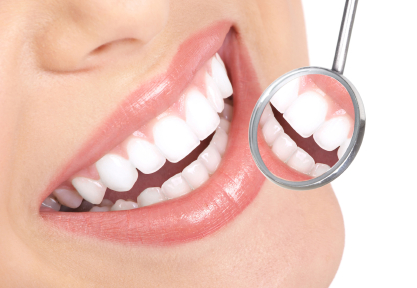Can we predict our health future by our teeth?
mis à jour le 17 August 2015 à 14:23Finding out if our teeth are being exposed to Bisphenol A through their condition can lead to the prevention of certain diseases.
 Fifteen years ago, dentists discovered a peculiar pathology on the incisors and first molars. Due to an enamel manufacturing defect, they became hypersensitive to pain and vulnerable to cavities. “It is a disease that dentists seem to see more and more often,” notes Dr. Muriel de la Dura Molla, lecturer in pediatric dentistry.
Fifteen years ago, dentists discovered a peculiar pathology on the incisors and first molars. Due to an enamel manufacturing defect, they became hypersensitive to pain and vulnerable to cavities. “It is a disease that dentists seem to see more and more often,” notes Dr. Muriel de la Dura Molla, lecturer in pediatric dentistry.
This disease affects 18% of children aged 6 to 8 years old and persists into adulthood. “We found a softer enamel, covered with whitish and yellow spots that are part of the structure of the tooth and cannot be removed like those stains left behind by tobacco use,” explains Dr. de la Dura Molla.
So why are these teeth developing wrong? It is a question of timing: even if they’re not placed side by side in the mouth, these teeth grow simultaneously during the first weeks of life. So what is interfering? Antibiotics, dioxin, the choice of milk… they are all suspects, but doctors have still not identified the exact reason. However, the very recent work of Inserm has shown that Bisphenol A (BPA), is capable of inducing hypomineralization of the incisors and molars, also known as MIH.
So could the increase of cancer, obesity, reproductive disorders or neuro-behavioral risks be attributed to Bisphenol A, and be evident on bad teeth? If this was the case, the quality of the enamel of the incisors and first molars will become the first indicator of exposure to BPA during critical development years. The factor which would allow those involved to be monitored more closely and “help detect serious pathologies appearing years later,” projects Dr. Sylvie Babajko, director of Inserm Unit and lead author of the study.
Mathieu Rached



